Love HBO’s Catherine the Great? There's more to know about the Russian empress

Unlike the real Catherine the Great, Helen Mirren’s reign as the illustrious Russian empress in the HBO limited series was a fairly short one. Beyond what could be slotted in five hours, there’s plenty more to know.
One of the most extensive and esteemed biographers of her, Robert K. Massie’s Catherine the Great: Portrait of a Woman, contrasts particularly nicely with the HBO production, which focuses on the later part of Catherine’s rule, and specifically her all-consuming romance with Russian military leader, Grigory Potemkin. Massie’s account stretches from Catherine’s adolescence as Princess Sophia betrothed to the future Peter III to the end of her reign.
Here are some of the biggest revelations from the book.
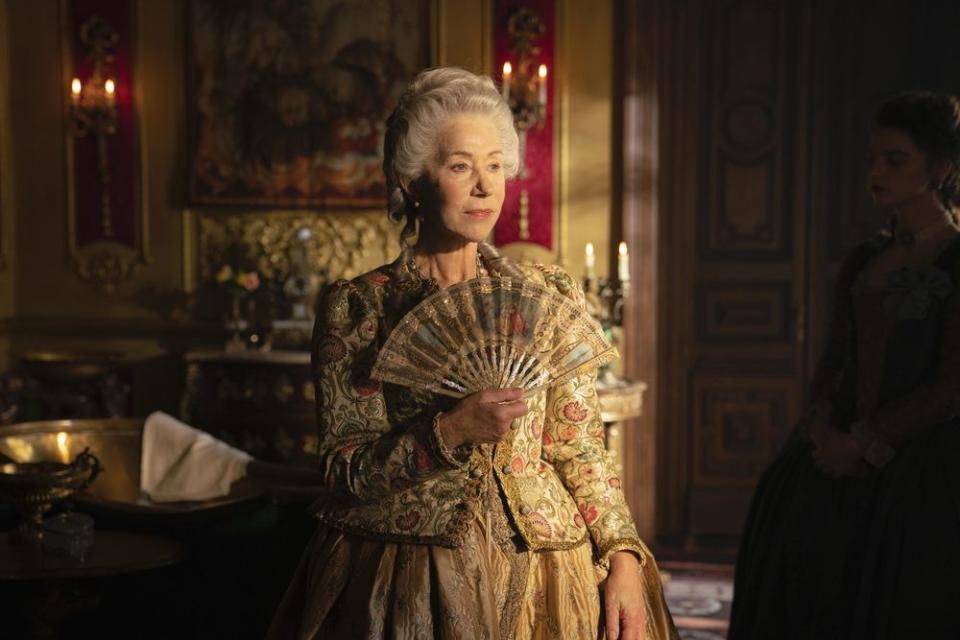
Catherine wasn’t always treated like royalty
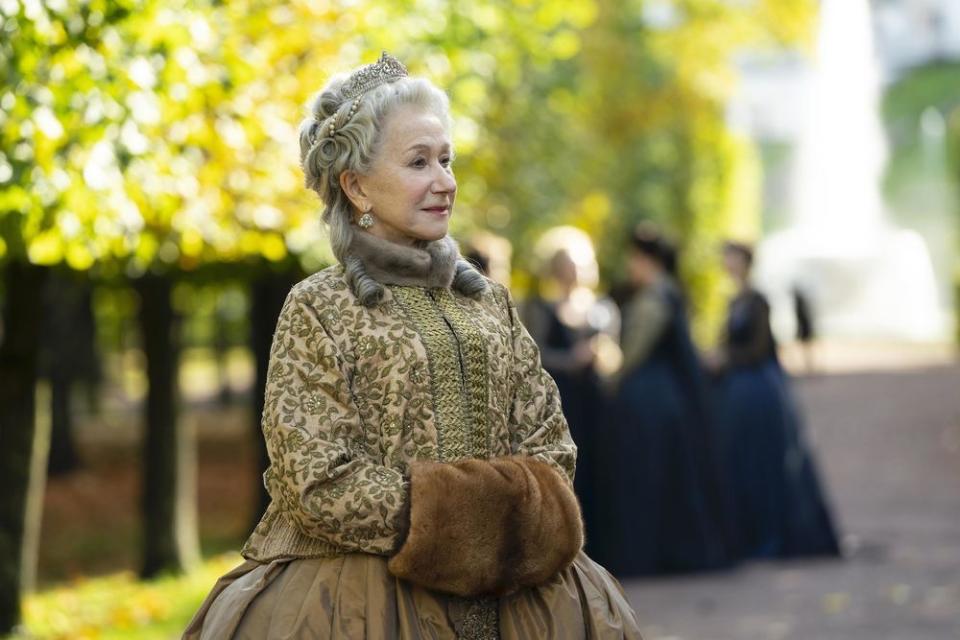
While Catherine was a grand duchess in line for the diamond-encrusted crown beside the future Peter III, she was treated more as a peasant than a royal. Empress Elizabeth of Russia had welcomed Catherine to Russia as a daughter but began to exercise “petty jealousies” against her. Massie vividly references an anecdote where Catherine wore a beautiful white gown trimmed with Spanish lace, and Elizabeth made her take it off and change into something else.
Plus, Empress Elizabeth blamed Catherine for not performing her conjugal duties. Such suspicions prompted her to isolate young Catherine from all of society with only her husband for company. Peter would rather play with toy soldiers than consummate their marriage, which led Catherine to seek love and affection elsewhere.
She learned from her predecessor, Empress Elizabeth
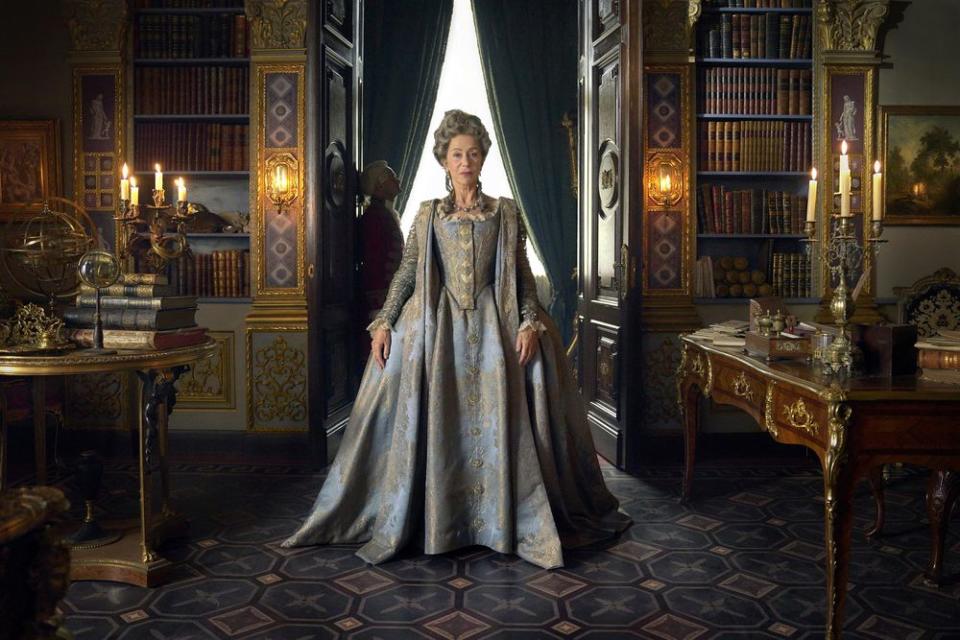
Despite such a tumultuous relationship, Catherine could not help but admire and take notes from Empress Elizabeth when she eventually succeeded her. From her conquest tactics (she overthrew Peter III as Empress Elizabeth took the throne from Ivan VI and imprisoned him) to her male companions, the Romanov monarch had left a lasting impression on Catherine.
Even the ghost of Empress Elizabeth’s past was something Catherine carried with her into her marital decision-making: Catherine decided to look into the rumor that Elizabeth had married one of her lovers, Alexis Razumovsky, to justify potentially marrying longtime lover, Prince Grigory Orlov. After all, “of the four men with who [Catherine] had slept, [Orlov] was the one who had given her the most physical satisfaction,” according to Massie. Nevertheless, Elizabeth had not married Razumovsky and neither did Catherine, Orlov. And if she had, perhaps she wouldn’t have cultivated her greatest love with another significant Grigory.
Her dating life was worthy of a romance novel
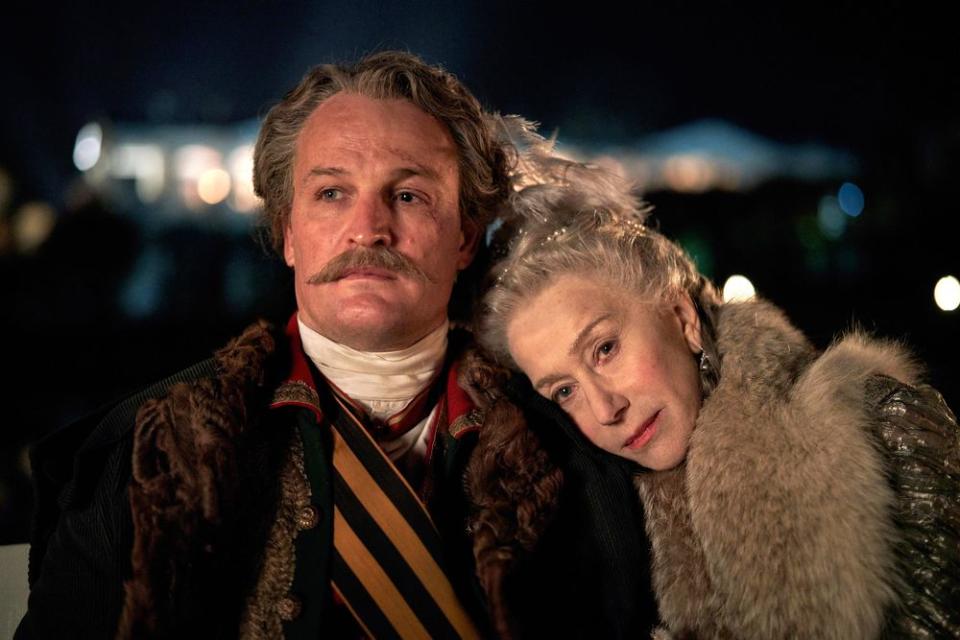
Catherine distracted herself from her miserable marriage to Peter the-not-so-great with gripping romance novels like the story of the chivalrous French knight, Tiran the Fair. It wasn’t until Peter III had taken his own lover that a paper prince did not properly satisfy Catherine.
As Massie points out, Catherine catalogued these fresh revelations of romance in her memoirs: “I had resolved never to love without restraint a man who would not return his love in full; such was my disposition that my heart would have belonged entirely and without reserve to a husband who loved only me.”
Let’s just say it took Catherine a few tries to find that grand love she was looking for. She was the empress of a thriving nation, but she was not immune to the pitfalls of a woman’s dating life, including the rebound boyfriend (post-Orlov). This stand-in was the youthful and handsome young Guards officer, Alexander Vasilchikov.
One scene in HBO’s Catherine the Great, in which Mirren’s Catherine tasks the youthful and handsome Vasilchikov with telling her something interesting in her bedchamber, is almost identical to Massie’s penning of the account. The author writes that “[Catherine] soon realized that she had linked herself to a bore incapable of saying anything interesting or funny. He did his best.”
The empress longed for a lover who matched her in intellect as well as passion, which is why neither Orlov or Zavadovksy quite fit the bill and Potemkin did. In Potemkin, Catherine found an equal: “protestations of love mingled with affairs of state, court gossip, reproachful chiding, and discussions of mutual health.” Any fans of the HBO biopic’s banter between Catherine and Potemkin will enjoy a more in-depth documentation of their passionate relationship, including the definitive declaration from Helen Mirren’s Catherine in the show, “if you want to keep me forever, then show as much friendship as love, and more than anything else, love me and tell me the truth.”
She could rock a green coat
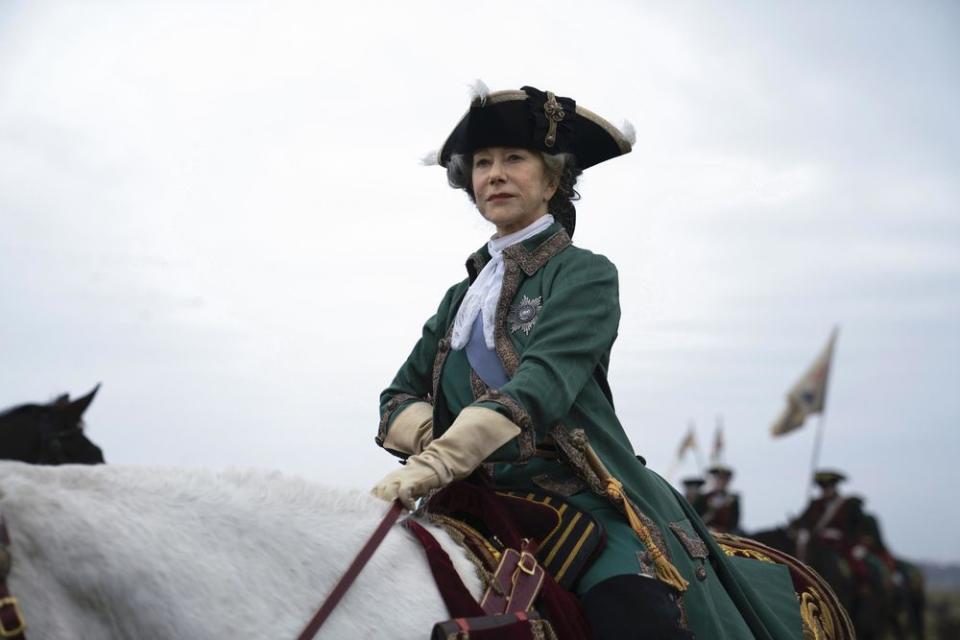
Massie’s side comments are the best. Case in point: stating that Catherine’s description of her first lover, Sergei Saltykov as “handsome as the dawn” is “an opinion not wholly confirmed by this portrait.” Speaking of portraits, Robert K. Massie enclosed a series of prominent ones in the mid-point of the biography. One features Catherine dressed as a soldier in a rich green coat, matching trousers, and hat. This was what she wore when preparing to march on her husband Peter III to force him to abdicate. This look was also seen in the pilot episode of the HBO show during a cross-dressing ball at court. Massie richly depicts such origin scenes with vividly descriptive prose that will throw you powdery-puff wig first into the Rococo-period monarch’s world.
Related content:

